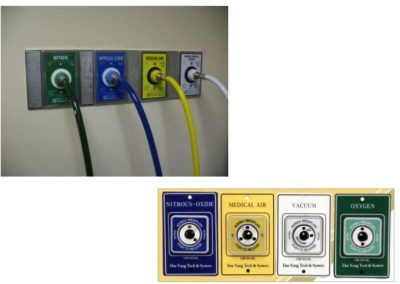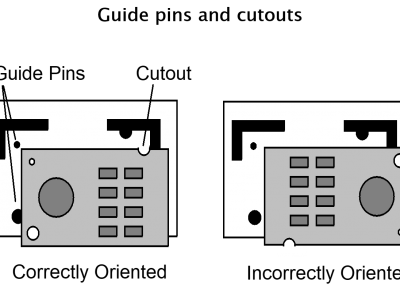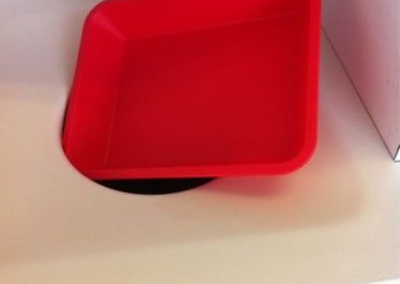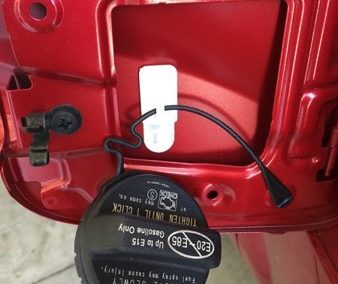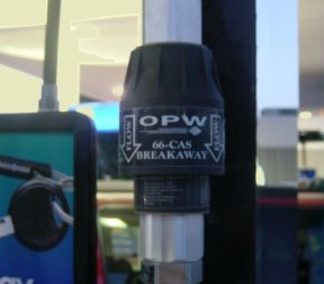Mistake Proofing
Background
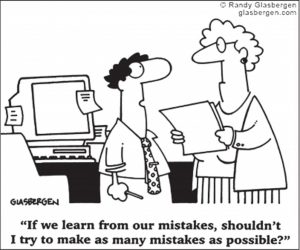 Mistake proofing, also known as error proofing, is a concept that has existed longer than anyone can accurately define. Poka Yoke, the Japanese term for mistake proofing, was formally defined and systematized by Shigeo Shingo of Toyota in the 1960’s. It has become a standard for creating processes that are designed to either not be able to produce a specific defect or automatically detect and reject a specific defect. Mistake proofing has been used across industries to create efficient workspaces and to create safe environments. To be able to implement mistake proofing we need to understand the types of mistakes people can make and then be able to put countermeasures in place to prevent those mistakes.
Mistake proofing, also known as error proofing, is a concept that has existed longer than anyone can accurately define. Poka Yoke, the Japanese term for mistake proofing, was formally defined and systematized by Shigeo Shingo of Toyota in the 1960’s. It has become a standard for creating processes that are designed to either not be able to produce a specific defect or automatically detect and reject a specific defect. Mistake proofing has been used across industries to create efficient workspaces and to create safe environments. To be able to implement mistake proofing we need to understand the types of mistakes people can make and then be able to put countermeasures in place to prevent those mistakes.
FMEAs are great tools, but it can be very difficult to look at a process and determine what could possibly go wrong. In the same way that a fishbone (or Ishikawa) diagram helps to add structure to a root cause analysis brainstorming event, we can add structure to our mistake proofing brainstorming as well. Instead of the 6Ms of a fishbone diagram, we use 10 common types of mistakes to organize our thought process.
The 10 Common Types of Mistakes
- Forgetfulness: People forget things when they’re not concentrating
- Misunderstanding: People make mistakes when they come to a conclusion before being familiar with a situation
- Identification: People misjudge situations because the view it too quickly or without enough detail
- Amateurs: Less experienced people tend to make more mistakes than experienced people
- Willful: People ignore rules under certain circumstances
- Inadvertent: People can be absent minded and make mistakes without knowing it
- Speed: When people go too fast or too slow, or speed up or slow down, they can make mistakes
- Standards: People make mistakes when they don’t know how to perform their duties or how success is defined
- Surprise: People make mistakes when something unexpected happens and they don’t know how to deal with the situation
- Intentional: On RARE occasions, people will intentionally make mistakes in order to sub-optimize a process or cause damage
How Does Mistake Proofing Help?
Mistake proofing allows us to reduce the risk of mistakes in a variety of ways. Here are some ways you can implement mistake proofing into your processes:
- Alert people at regular intervals as a reminder
- Enforce standard work and safety requirements
- Highlight critical elements or steps
- Automatically shut down processes or equipment event of a safety concern
- Develop a robust training program
- Give new hires the knowledge, skills, and abilities they need to be effective and safe
- “Don’t practice until you get it right. Practice until you can’t get it wrong.”
- Remove the ability to make incorrect decisions
- Define and display standard work
- Add guards, rails, beams, curtains, etc. to prevent safety events
- Create digital safeguards
- Minimum length of passwords
- Force the correct type of data input (only numbers, for example)
- Create security protocols for networked devices
How To Do It
- Describe the defect – be specific
- Identify the location at which the mistake occurs
- Detail current standard procedures
- Identify potential mistakes or deviations from standards – also look at historical data
- Identify conditions that provoke mistakes
- Perform a root cause analysis to determine why the mistake occurred or may occur
- Identify type of mistake proofing device required
- Create the device, test it, and standardize the new process

